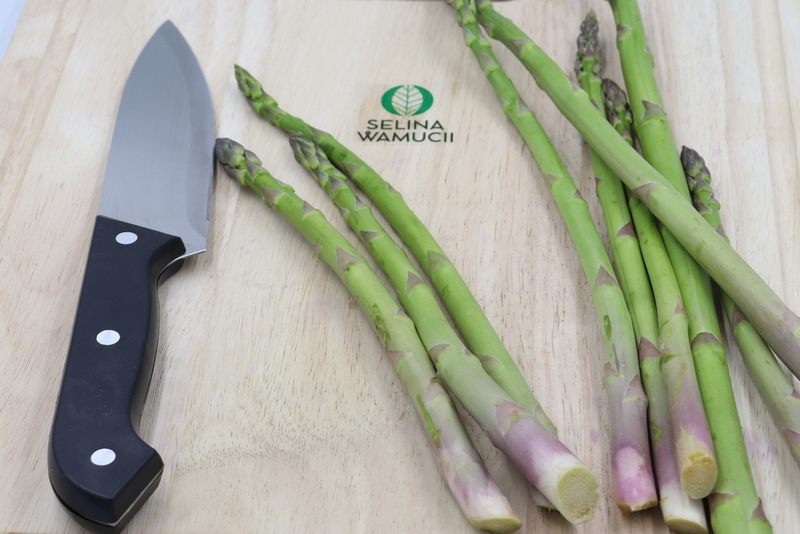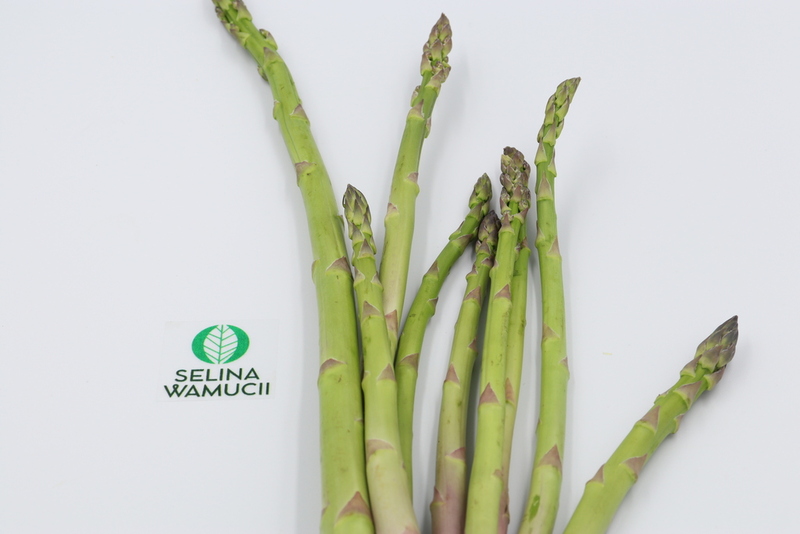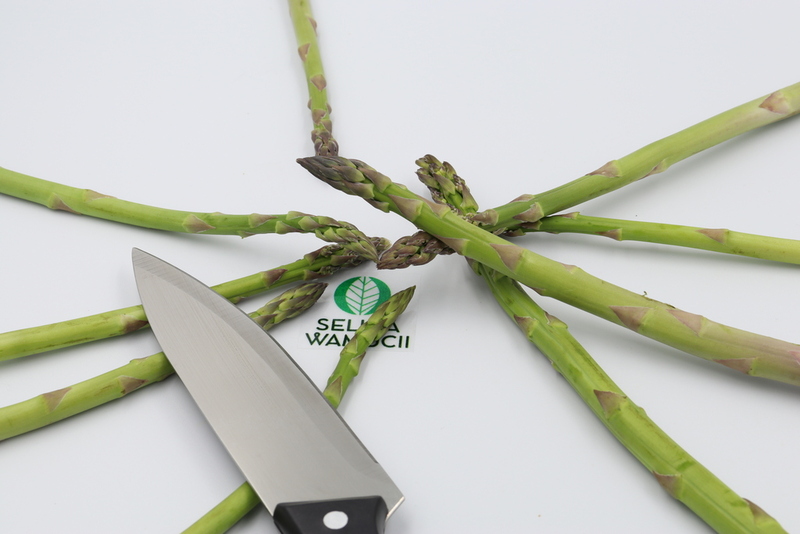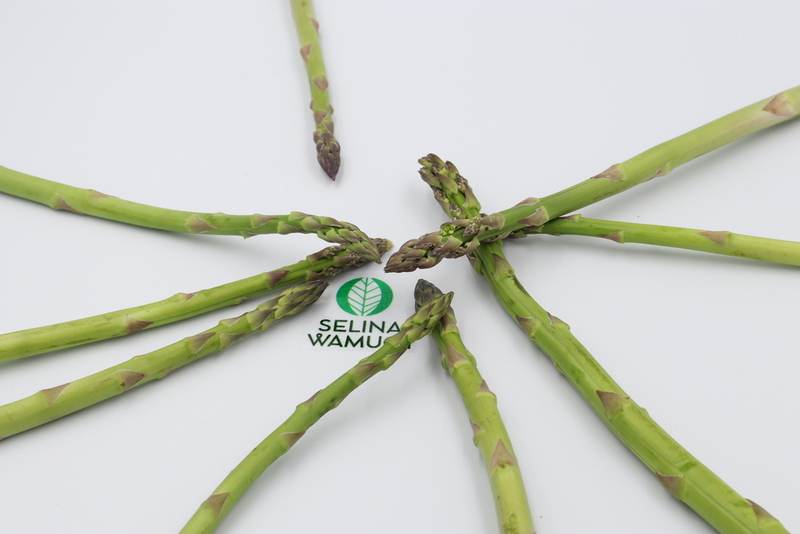Buy Ethiopia Asparagus Directly From Exporters & Suppliers - Best of 2025 Market Prices
| Summary | |
|---|---|
| Common Name | Siriti, Asparagus |
| Varieties | Asparagus Officinalis |
| Storage | Chilled at 4-5 degrees celsius |
| Season | All through the year |
| Packing | 250 grams, 500 grams punnets |
| Transport Conditions | Transported in chilled conditions, 4-5 degrees celsius, same day of harvest |
Ethiopia asparagus or siriti as it is often referred to in their local language Amharic is one of the country’s biggest exports.
Usually, it is sold availed to the market after harvesting in its chilled or fresh form.
Ethiopia asparagus (Asparagus Officinalis) is one of the most commonly consumed vegetables in the whole of Ethiopia due to its multiple uses.
The plant is characterized by a height of 100-150 centimetres, very firm stems and leaves that are needle-like. Their flowers take the shape of a bell and are yellow, white or green. They later produce berries that have up to six seeds inside.
Last year, the country exported 241.45 million worth of fresh or chilled vegetable asparagus included just to put into context how important they are to the economy. The biggest export market for the produce was neighbouring Djibouti. Other destinations included Norway, South Africa, and the Netherlands in that order.
It is uncertain where Asparagus originated with the crop said to be native to Europe, northern Africa, and western Asia over 2000 years ago.
Traditionally Ethiopians used the crop for medicinal purposes such as neutralizing poison arrow wounds.
The locals have also for years used its young shoots as vegetables while the fruits- although mostly eaten by children, have come in handy during starvation.
The crop has several other advantages due to the high level of folate it contains. Research shows the asparagus when cooked has 20 grams of calories, protein 2.2 grams, fibre 1.8 grams, fats 0.8 grams and 18%, of vitamin A and K.
These and other macronutrients attest to the crop’s wide range of nutritional and health benefits.
It helps reduce blood pressure, aids women during pregnancy but eradicating the risks of neural tubal defects, prevents as well as diabetes.
The export form of Ethiopia asparagus is either fresh or frozen. The frozen form helps extend the shelf life of the crop whereby it can last up to a year. The asparagus is also able to retain all essential nutrients.
Asparagus takes up to three years to mature and be ready to produce and then lasts almost 25 years bringing forth yields. After digging trenches 4-5 feet apart, its crowns are then placed inside, and only 12-18 inches separate them. They are then filled up with soil. The soil is mixed correctly with compost plus manure, and in the second year, farmers apply mulching. A common practice is whereby growers intercrop it with herbs and shrubs. This helps boost yields. It thrives well in relatively warm climatic conditions. The primary source of the crop is East Shewa in Oromia zone. The regions have a lot of rainfall. However, farmers use irrigation when there is minimal or no rainfall at all.
Harvesting commences when the spears hit a height of eight inches. Growers use scissors or knives to cut them off at the bottom on the soil surface.
Asparagus is perishable and only take three days to maintain their freshness. Growers clean off any dirt that might be on the spears using cold water then dry them out in the sun before storing.
The plant is placed in individual boxes with each one of them carrying 24-30 bunches which weigh 4.5 kilograms. Nonetheless, the packaging tends to vary depending on the clients’ specifications and wishes.
Each cartoon is sealed with at the top with a layer of ice. This is an integral exercise as it helps the asparagus reach their destinations in their fresh form.
Transportation of asparagus to the storage sheds or the airport is undertaken in designated trucks. The trucks are fitted with refrigeration equipment which enables the boxes to be transported in pre-cool conditions that stand at 1 degree Celsius.
Ethiopia asparagus is available on an annual basis. Co-operatives run regular awareness seminars where they educate their farmers on all Global Good Agricultural (GAP) requirements that must be adhered to while growing the crop. This has helped eliminate doubts on the quality of the Ethiopia crop which comes in the form of green, purple and white.
Get Instant Quote
Are you a producer of Ethiopia Asparagus or other products?
Sign up today for FREE to buy or sell Ethiopia Asparagus.





